Trinidad and Tobago's Hidden Treasures highlighted in web series
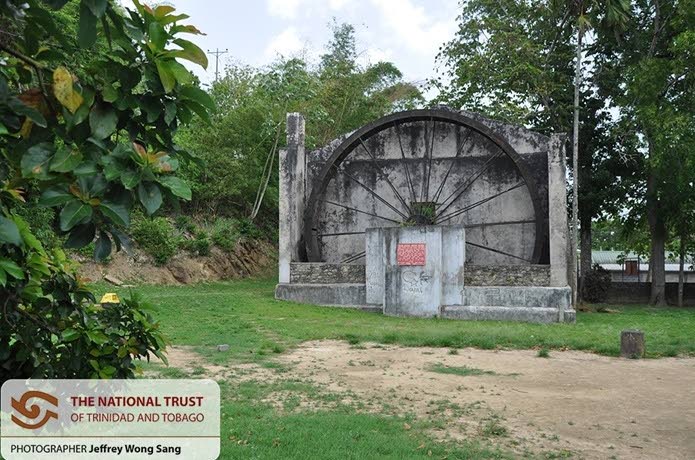
Heritage sites and ruins are windows into the past and, if studied and preserved, can serve as lessons for the future.
In its web series Hidden Treasures, the National Trust of TT recently focused on the Indigo Pits of Crown Point, and the Diego Martin Waterwheel in a presentation by two of its interns.
Marianna Burke said the waterwheel at River Estate, Old Waterwheel Road, Diego Martin, is the last intact waterwheel in TT. It was constructed in 1810 to power the rollers that crushed sugar cane and its juice was piped into vats in a nearby factory, which no longer exists.
It is 16 feet in diameter and made of cast iron while its foundation and supporting wall
are
made of limestone.
The nearby River Estate Museum is a two-storey building in a symmetrical British colonial style. Outside, there are large copper bowls which were used in the
sugar production process.
River Estate was the largest, most fertile sugar estate in Diego Martin and
Burke said it should be valued because of its history.
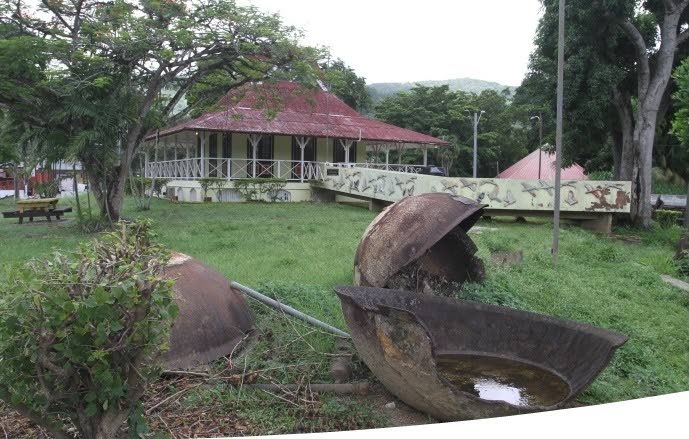
She said in the 1820s, the estate was sold to a wealthy landowner, lawyer James Cadett, the first Alcalde (an administrative and judicial position on the Spanish Cabildo or town council).
Owing to financial difficulties, he sold the estate in 1823.
In the 1860s, George, son of the Prince of Wales, visited Blue Basin waterfall.
In 1870, Nicholas Brunton, a wealthy French creole owner of almost all the estates in the
Diego Martin valley, bought River Estate.
“There is a story of Nicholas Brunton that anyone who has ever gone to a tour to River Estate would have heard. He is associated with the murder of RC priest Fr Jouin, on May 10,
1870 at River Estate.
“This story is very intriguing. It has to do with infidelity, or extramarital affairs. Obeah is tied up into it, (as well as) jealousy. He (was tried and acquitted but) ended up fleeing Trinidad to avoid further scrutiny. It is a very interesting story.”
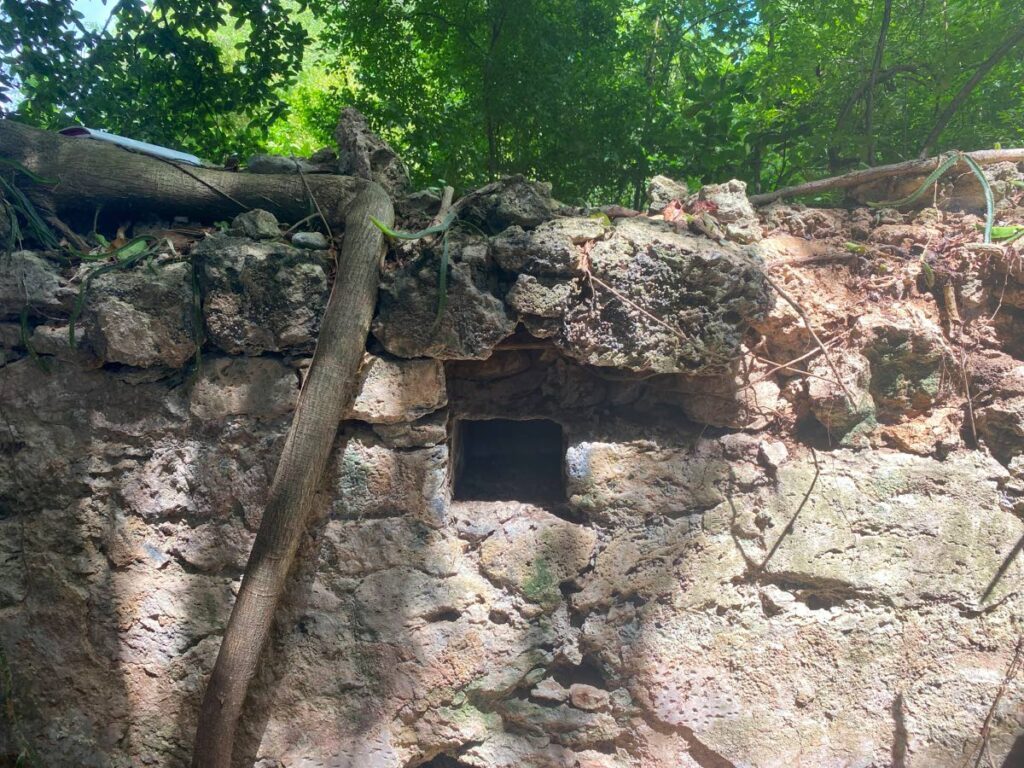
In 1907, the colonial government bought the River Estate to secure water rights to supply water to Port of Spain. Three years later it was leased to the Imperial College of Tropical Agriculture, now UWI, St Augustine, to grow coffee and cocoa. It partnered with Cadbury chocolate to experiment with Trinitario cocoa.
The estate was returned to the government in 1956 and portions have since been used for government housing, leaving only the waterwheel and what is now the museum.
Burke said studying the place helps people understand the social and economic structure at that time, as well as technical innovation and the dynamics of race relations.
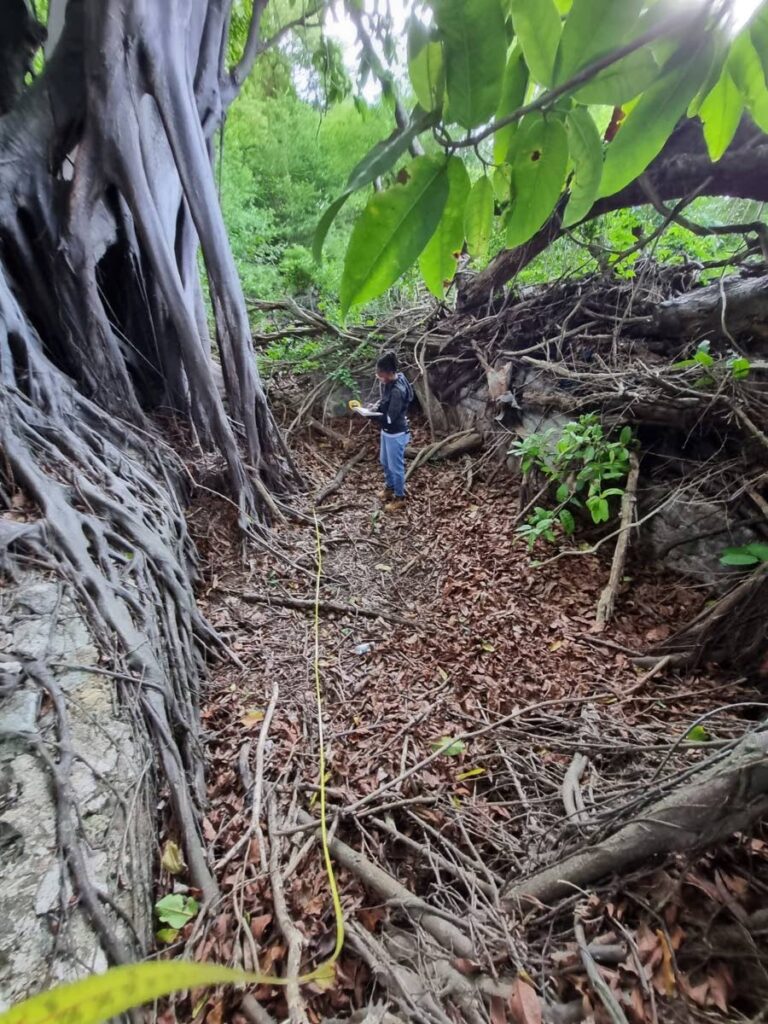
River Estate is also associated with well-known characters and events, including more modern people like musician Roy Cape and Foreign Affairs Minister Dr Amery Browne, who come from the area and have been shaped by the space.
“This space can shed light on social and economic life in 19th-century Diego Martin. It is a space where persons of different races, ethnicities and culture came to work. People mixed and settled in villages or nearby estates. In the 19th century, persons of African and Eastern descent worked and lived on the plantation, but so did Irish indentured labourers and Grenadian migrants, free men and women from within the country and even from other Caribbean territories and Africa as well.”
She suggested repairing the museum’s infrastructural issues, getting more security to secure the area, having staff to offer tours to walk-in clients and creating promotional items to better conserve and maintain the site and improve tourism.
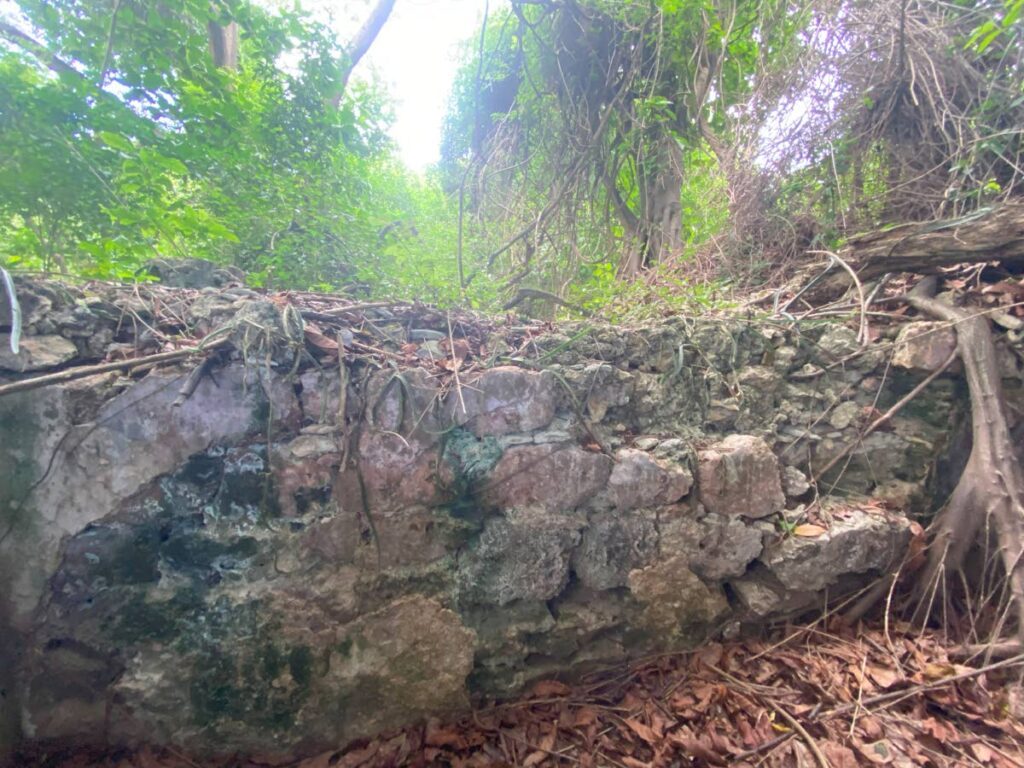
Abigail Charles gave a presentation on the Tobago Indigo Pits at Crown Point.
Indigo is a rich blue dye used in cloth and even skincare, made from Indigofera tinctoria,or indigo plants, and was one of Tobago’s primary exports along with rum, sugar, tobacco and cotton.
According to the Tobago Library Services, indigo was produced in Crown Point and Parlatuvier, but plantations existed all over the island. Remains of the two pits can still be found but ownership of the pits has yet to be determined.
According to Charles, the Crown Point pits cover about 1,472 square feet and are made of stone, coral and mortar. They are very overgrown, with a lot of plant encroachment and litter.
She explained the dye was first recorded in India, where there are 50 of the over 750 known species of the plant. Indigo has been part of the dyeing process in India predating Egyptian indigo-dyed fabrics by 1,500 years: it was used in the Indus Valley Civilization or Harappan Civilisation during the Bronze Age from 3,300-1,300 BC.
The two main species in Tobago are Indigofera hirsuta and Indigofera suffruticosa, and the most common method for extracting juice from the leaves used in Tobago was fermentation and oxidation.
Using the pits, the Indigofera suffruticosa plants in particular were allowed to soak in water and ferment. The mixture was then agitated with paddles to oxidise it and the heavier blue substance produced was allowed to settle. The dark blue sludge was put into fabric bags and then into forms to be shaped and partially dried. It was then cut into cakes and left to completely harden and dry.
"As some of the physical remains of the Indigo trade in the Caribbean and more specifically, the only two remaining in TT, it's hard to deny the impacts of influence, discovery and industry that these sites represent."


Comments
"Trinidad and Tobago’s Hidden Treasures highlighted in web series"